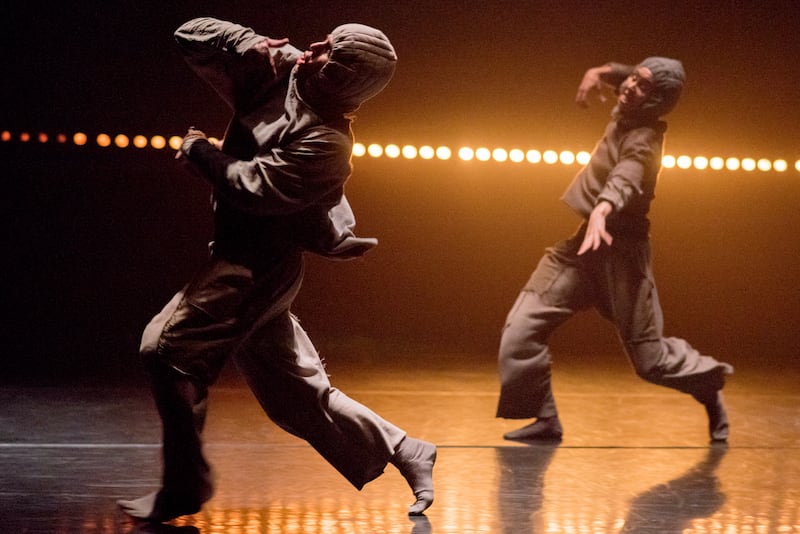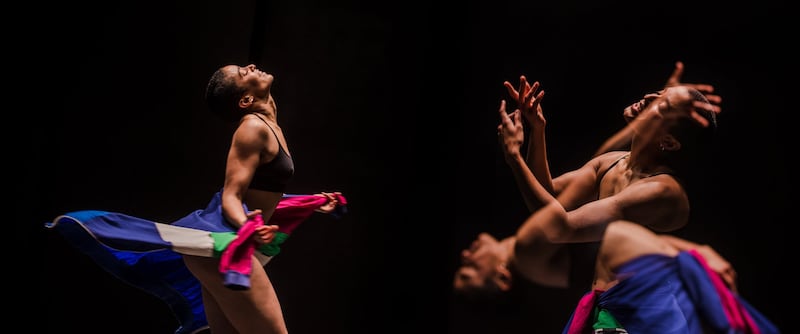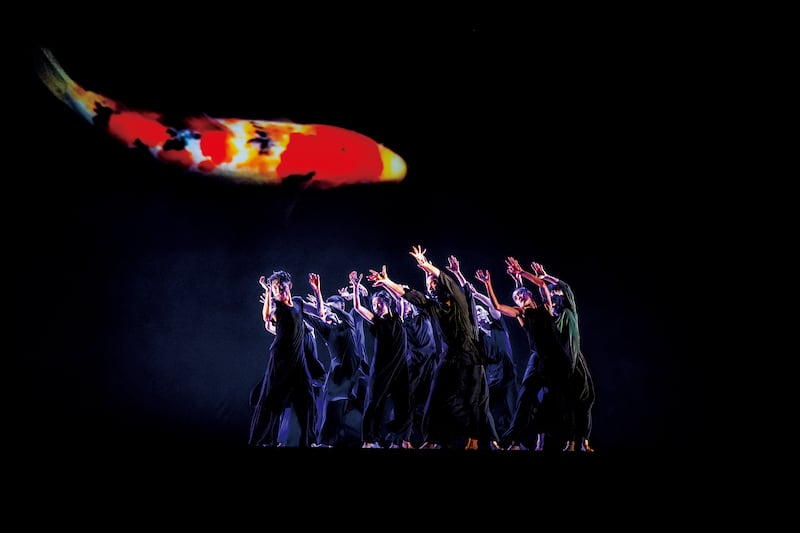Now in its 20th iteration, Dublin Dance Festival has seen fewer changes than Ireland has in the past 24 years. Artistic direction has been passed along four times without any lurching change of aesthetic or format. Unsuppressable personal preferences pushed incremental changes in programming, but artistic directors have always kept a close eye on Irish societal changes, in and out of the Celtic Tiger, during austerity and lockdown.
Launched in 2002 as the biennial International Dance Festival Ireland under artistic director Catherine Nunes, it initially featured programming that was closely aligned to that of the London-based Dance Umbrella. Similar line-ups were criticised by some – including this writer – but, in hindsight, joining the programmatic slipstream of an established festival was exactly the leg-up the new endeavour required.
[ Cloud Gate: The Taiwanese treasure opening Dublin Dance Festival 2024Opens in new window ]
The first three festivals were well rounded and artistically coherent, while still ticking necessary boxes like children’s performances, professional workshops and outdoor public presentations. The inaugural opening night, with Merce Cunningham Dance Company on the Abbey Theatre stage, has yet to be surpassed in symbolism and importance. (It also set a precedent when persuading other big international companies to suffer the less-than-ideal Abbey stage: if Cunningham performed there then it must be okay.)
With Laurie Uprichard (2008-11), the now annual and rebranded Dublin Dance Festival challenged the overbearing narrative of austerity with a focus on cultural and spiritual identity, and reacted to the deaths of Cunningham and his fellow dance giant Pina Bausch by investigating age and the generational shift in contemporary dance. Julia Carruthers (2012-15) was less thematically driven, often focusing on artists from one country, such as Australia or Germany, but Benjamin Perchet (2016-21) found strong connections between international and Irish artists through broad themes such as migration, memory and protest. Unfortunately, his final acts of curation were skewed by lockdowns. The festival’s current artistic director, Jazmin Chiodi, has continued with thematic frames through more general rallying calls, this year’s being Dance Out Loud.
READ MORE

As a slogan it could invite rhetoric, but two of the hip-hop-based offerings during the first week provide more substance than sweat. Botis Seva’s Blkdog ★★★★☆ is a depiction of suppressed trauma and depression inspired by Shoot the Damn Dog, Sally Brampton’s 2008 memoir. The dog to be shot is the “black dog”, a description of depression coined by Dr Samuel Johnson in the 18th century and made famous by Winston Churchill. Brampton, who was founding editor of the UK edition of Elle, noted the way her depression increased in the face of normality. The more she was told she was lucky and privileged, the more the depression caught hold. She died by suicide in 2016.
Blkdog physically expresses that conflict, especially felt by young people, between the personal inner depression and the false perfection of social-media-driven society. Through a murky haze, hunched hooded figures move in unison in Seva’s compulsive free-form hip hop or lines of quad-busting scurrying Cossack walks. But, whatever the interaction, they constantly return to isolation within individual circles of light, part of Tom Visser’s outstanding lighting design.
Childhood is formative, and Torben Sylvest’s soundscore couples a child’s and adult’s voice: innocence and knowing. Seva was a new father when he created the work, and the ease with which a childhood trauma can affect adulthood is palpable. Throughout 80 minutes, gestures emerge from the abstract movement – simulated sex, a cardiac arrest or physical beatings with a baseball bat – but near the end the seven dancers act out childhood scenarios in costumes like a king and queen, occasionally riding tiny tricycles around the stage. Here the play is brutal, violent and without innocence. Blkdog ends without a conclusion, but as techno beats give way to wordless voice and harmonium a more divine solution is suggested by Seta, a devout Christian.
He has described Blkdog as an insight into the way our younger generation are trying to survive in a world that is not built for them. If audiences are to try to understand that younger generation, the irony of handing out earplugs in case the music is too loud is not unnoticed.
Cellule ★★★☆☆, by the French choreographer and dancer Anne-Marie Van, aka Nach, begins with the sound of riots and projected black-and-white photographs of black male activists. With a movement vocabulary rooted in krump, an upright, jerkily aggressive type of hip hop, Nach is still at the start of the piece, like a coiled spring ready to be unleashed, as she is gradually revealed from the darkness. Instead, what follows is a quieter meditation on identity and the multiple personas that we all inhabit.

The cell the title refers to is a metaphoric state of confinement that is imposed from outside, a prescribed identity that confines the spirit and soul. Nach dancing centre stage, some of the features of krump, such as chest pops, are evident, but so too is the dark influence of butoh, which she studied in Kyoto. Projected videos of self-recordings in a dance studio add to the constant self-examination, acting as both a mirror for herself and a revelation to the audience.
Towards the end, the cell becomes more literal, a red-lit rectangle of space from which she emerges and dances a beautiful swirling soliloquy to gentle piano. Tension remains in the muscles, as before, but there is also a contradictory sense of release. Movement passes through her outward-reaching hands and feet, then seems to continue into the empty space like ripples of energy.

Rippling limbs are the language underpinning Cloud Gate Dance Theatre’s 13 Tongues ★★★★☆, the festival’s opening show, at the Bord Gáis Energy Theatre. Emerging from a dark monochrome world, the 11 dancers are sniping, largely individualistic and slow to coalesce into unison. Disjointedly episodic in the beginning, the dance slowly develops an internal rhythm and coherence as the dancers forsake their black clothes for multicoloured fluorescence. Based on a storyteller in the Bangka district of Taipei, 13 Tongues more generally celebrates the transformative power of the imagination and those who bring colour into our world.
Dublin Dance Festival continues until Saturday, May 25th














